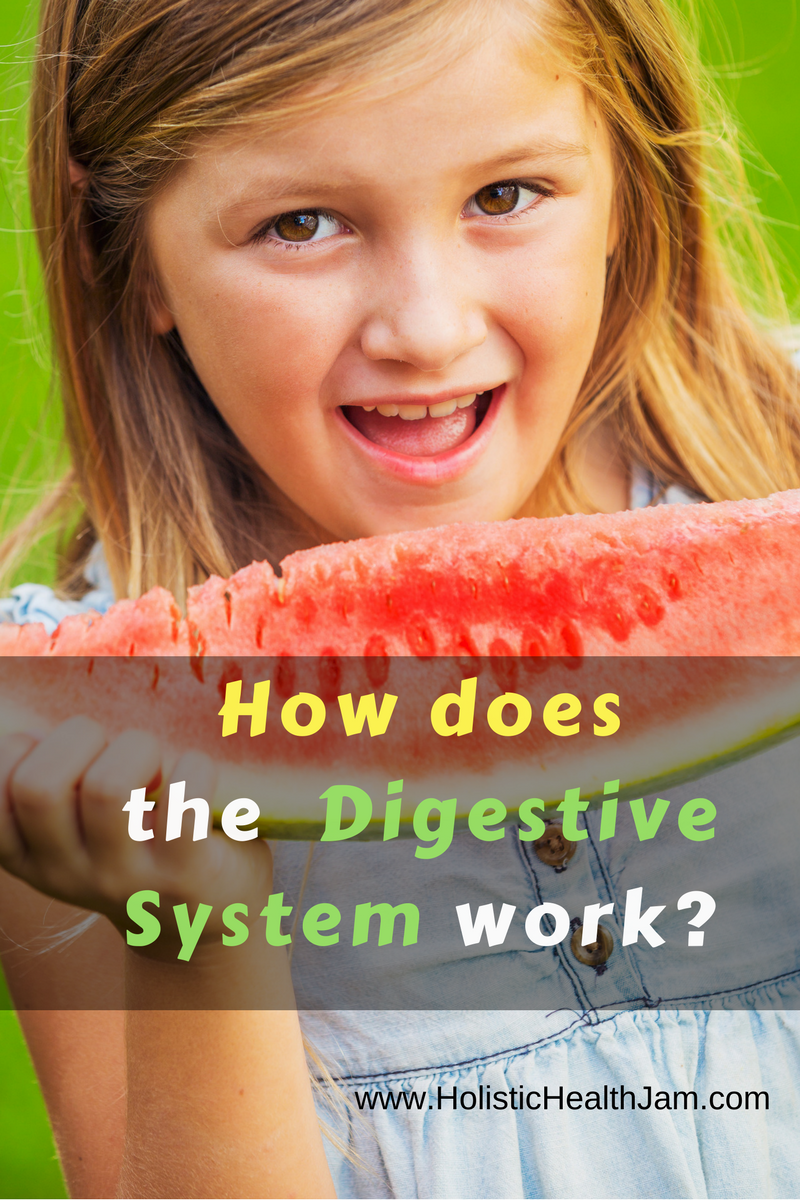Learn how the digestive system works.
Food is one of the basic requirements of all living organisms and the digestive system is like a giant food processor. For normal functioning, our body requires water, electrolytes as well as nutrients. These requirements are met by our digestive system, which performs varied functions.
Digestion is of paramount importance for breaking down food into nutrients, which the body utilizes for energy, growth, and cell repair. The entire digestive system along with parts of the nervous and circulatory systems help the body digest food.
Anatomy:
The digestive system of humans consists of an alimentary canal and associated digestive glands. The digestive tract is comprised of the mouth, esophagus, stomach, small intestine and large intestine, which include the rectum and anus. The liver (with the gallbladder), pancreas, and salivary glands are solid organs and function as the digestive glands. The general organization of the human digestive system is shown in the above video.
1. Mouth:
Food enters the mouth and passes to the anus through the hollow organs of the digestive tract. Inside the mouth, teeth masticate the food; tongue tastes the food and manipulates it for proper mastication by mixing it with saliva. Saliva contains a starch digestive enzyme, salivary amylase, which digests the starch and converts it into maltose (a disaccharide).
2. Esophagus:
The food enters the esophagus in the form of a bolus after passing through the pharynx. It is further carried down by peristalsis through the esophagus into the stomach.
3. Stomach:
In the stomach, hydrochloric acid and the digestive enzyme pepsin break down proteins and release vitamin B12 from the food. The stomach also secretes a molecule called intrinsic factor, which activates vitamin B12. Absorption of simple sugars, alcohol and medicines also take place in the stomach.
4. Small intestine:
The chyme (food) enters the duodenum portion of the small intestine. Pancreatic juice, bile, and enzymes further break down carbohydrates, proteins, and fats. The food then enters into the jejunum and ileum portions of the small intestine. Carbohydrates are digested and converted into monosaccharides like glucose. Proteins are finally broken down into amino acids. The fats are converted to fatty acids and glycerol. The digested end products are absorbed into the body through the epithelial lining of the intestine.
5. Large intestine:
The undigested food (feces) enters into the cecum of the large intestine through the ileocecal valve, which prevents the backflow of the fecal matter. Most of the water is absorbed in the large intestine. (This is also where most of our microbes live.) The undigested food becomes semi-solid in nature and then enters into the rectum, anal canal and is finally egested out through the anus.
6. Liver:
It is the largest gland of the body and is larger than a human head. It is situated in the abdominal cavity, just below the diaphragm and has two lobes. The bile secreted by the hepatic cells passes through the hepatic ducts and is stored and concentrated in a thin muscular sac called the gall bladder.
7. Pancreas:
It is a compound (both exocrine and endocrine) elongated organ situated between the limbs of the ‘U’ shaped duodenum.
Functions of the Digestive System
- Ingestion: It is the entry of the food into the digestive tract through the oral cavity where it is masticated (chewed). The resulting food bolus is then swallowed into the pharynx.
- Digestion:
Mechanical digestion – It is the physical break down food into smaller particles by muscular movements of the oral cavity and stomach.
Chemical digestion – It is the chemical breakdown of food particles, small enough to be absorbed. It mainly takes place in the stomach and small intestine. Food particles are broken into nutrient molecules by hydrolysis reactions aided by various enzymes. - Secretion: Chemical digestion is facilitated by the enzymes and digestive fluids secreted by the digestive tract and its accessory organs.
- Absorption: It is the process by which the end products of digestion pass through the intestinal mucosa into the blood or lymph. Absorption of substances takes place in different parts of the alimentary canal, like mouth, stomach, small intestine, and large intestine. However, maximum absorption occurs in the small intestine.
- Assimilation: The absorbed substances finally reach the tissues which utilize them for their activities. This process is called assimilation.
- Elimination: The digestive wastes, solidified into coherent feces in the rectum initiate a neural reflex causing an urge or desire for its removal. The egestion of feces to the outside through the anal opening (defecation) is a voluntary process and is carried out by a mass peristaltic movement.
Summary
The activities of the gastrointestinal tract are under neural and hormonal control for proper coordination of different parts of the digestive system. The sight, smell and/or the presence of food in the oral cavity can stimulate the secretion of saliva. Gastric and intestinal secretions are also, similarly, stimulated by neural signals. The muscular activities of different parts of the alimentary canal can also be moderated by neural mechanisms, both locally and through the nervous system. Hormonal control of the secretion of digestive juices is carried out by local hormones produced by the gastric and intestinal mucosa.
The nerves, hormones, bacteria, blood, and the organs of the digestive system together complete the elaborate task of digesting the foods and liquids that humans consume every day.



